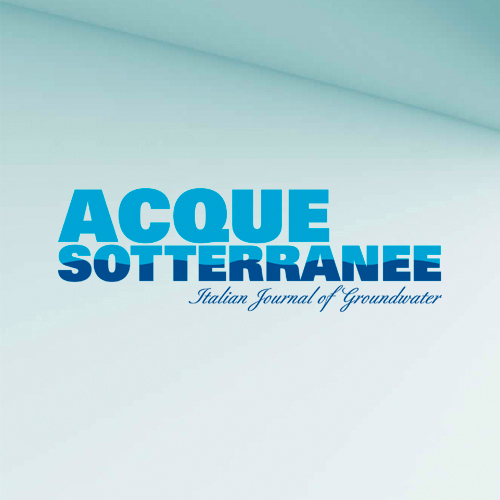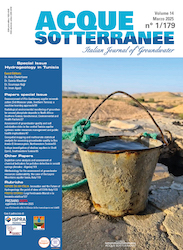Depletion curve analysis and assessment of chemical indicators for pollution detection in Seraidi springs (Annaba, Algeria)

All claims expressed in this article are solely those of the authors and do not necessarily represent those of their affiliated organizations, or those of the publisher, the editors and the reviewers. Any product that may be evaluated in this article or claim that may be made by its manufacturer is not guaranteed or endorsed by the publisher.
Accepted: 2 February 2025
Authors
In recent years, Algeria has faced increasing water stress due to climate change and rising human activities. In the Seraidi region, the overexploitation of water springs has made these resources increasingly vulnerable. This study has two main objectives: (1) to assess the depletion of springs in the Edough Massif during low-flow periods and estimate the water reserves within the surrounding aquifer, and (2) to examine changes in the pollution indicator levels of these springs. The average flow rates of these springs are below 1 L/s, categorizing most Seraidi springs as magnitude 6. The primary objective of this study is to apply Maillet’s depletion model to analyze the flow of twelve selected springs during the low-water period (May-October 2018). The model shows a strong fit to the data, as indicated by an R2 value ranging from 0.62 to 0.98. This model facilitates the prediction of underground water reserve volumes during low-flow periods and helps characterize the spring discharge regime. The results indicate that the springs in Seraidi are perennial, with recession coefficients ranging from 0.0011 d–1 to 0.0365 d–1, ensuring a consistent water supply in the study area. However, the flow rates remain very low during low-water periods. This study also monitored nine pollution indicator elements, including phosphate (PO43–), metals (Fe3+, Cu2+, Ni2+, Al3+, Mn2+), and nitrogen compounds (NO3–, NO2–, NH4+), which exhibit varying concentrations and distributions in the study area. Fe3+ concentrations ranged from 0 to 0.53 mg/L, exceeding the recommended limit of 0.3 mg/L in 2015. Ni2+ concentrations exceeded Algeria’s drinking water standards (0.02 mg/L) in some areas in 2018, with a peak value of 0.35 mg/L observed in Ain Bouhadada. Furthermore, the study highlights a notable rise in nickel levels in certain springs, primarily due to anthropogenic activities, which threaten the water quality of springs. However, the presence of heavy metals in the water, even at concentrations below drinking water standards, raises significant public health concerns. This study highlights the vulnerability of Seraidi’s water springs due to low flow rates and increasing pollution levels. Although the springs are perennial, their discharge becomes critically low during dry periods. The rising concentrations of pollutants, particularly heavy metals such as nickel and iron, emphasize the adverse impact of human activities on water quality. These findings underscore the urgent need for sustainable water management strategies to protect this vital resource and ensure the region’s water security.
How to Cite

This work is licensed under a Creative Commons Attribution-NonCommercial 4.0 International License.








